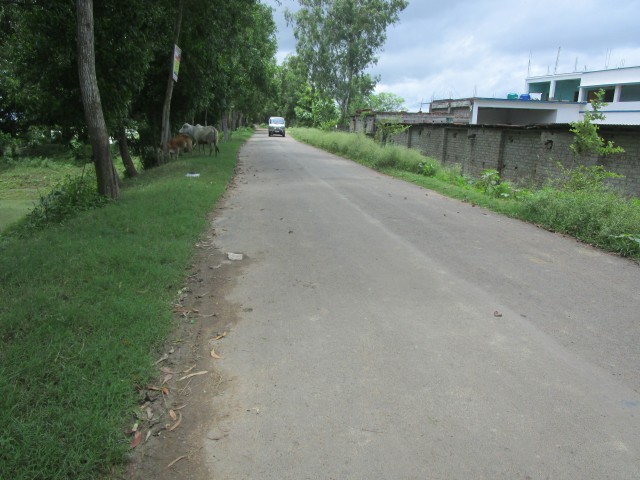10 Types of Classification of Roads
Indian roads are classified as rural(non-urban) and urban roads, they are further classified as national highways, state highways, expressways, village roads, etc. The following 10 types of roads are described below:

Classification of Rural(Non-Urban) Roads
The road which is located in the non-urban areas connect cities & towns across the country are called rural roads or non-urban roads. This classification is also known as the IRC classification of roads. In India, Non-urban roads are classified into five categories as follows.
Read More: Traffic Signs in India
1) National Highways (N.H)
The national highway is the main road running through the length and breadth of the country. They connect capitals of states, ports, large towns, industrial centres, and foreign highways.

Such highways are the main arteries of road transport in the country. These are of national importance for strategic, administrative and other purposes. Example: N.H-34, N.H-31 .
2) State Highways (S.H)
These roads are the main arteries of traffic within a state. They connect important cities and district headquarters within the state. They are also known as Provincial Highways. These highways are the main arteries of road transport within a state.
Example: S.H-7

3) Major District Roads (M.D.R)
The important roads within a district serving areas of production and markets and connecting those with each other or with main highways are known as Major District Roads.

4) Other District Roads (O.D.R)
The roads serving rural areas of production and connecting them with an outlet to market centres, taluk headquarters, block headquarters or other main roads are called Other District Roads.
5) Village Roads
The roads connecting villages or groups of villages with each other or with the nearest road of a higher category are known as village roads.

Read More: History of Road Development in India
Classification of Urban Roads
The road systems within urban areas are classified as urban roads. In India, urban roads are classified into the following categories:
1) Expressways
The portion of the roadway of an urban road reserved for use only by high-speed or power-driven vehicles is called expressway or motorway or superhighway.

2) Arterial Roads
These are streets primarily for the high traffic on a continuous route. Arterials have a higher level of traffic mobility.

3) Sub-arterial Roads
These roads serve the same purposes as an arterial roads but have a lower level of traffic than the arterial roads.

4) Collector Streets
Collector Streets provide access to arterial streets and they collect & distribute from and to local streets.
5) Local Streets
Local Streets provide access to adjoining property. These streets do not carry a large volume of traffic.

FAQs
What is the IRC classification of roads?
The classification of rural or non-urban roads is also known as the IRC classification of roads: As per IRC classification, the roads are divided into the following categories:
1) National Highway (N.H)
2) State Highways (S.H)
3) Major District Roads (M.D.R)
4) Other District Roads (O.D.R)
5) Village Roads.
Read Also:
Components of a City Road-Footpath, Kerb, Pedestrian Crossing, Traffic lane, Median